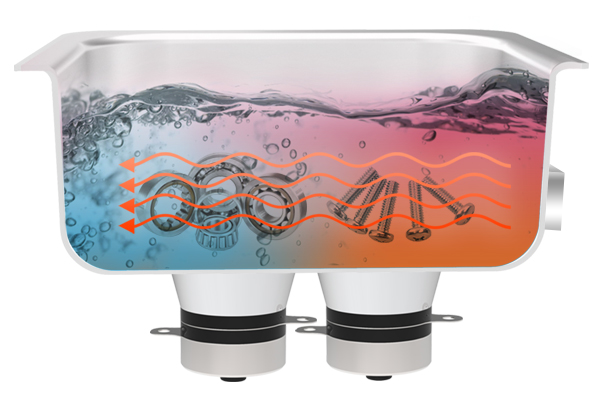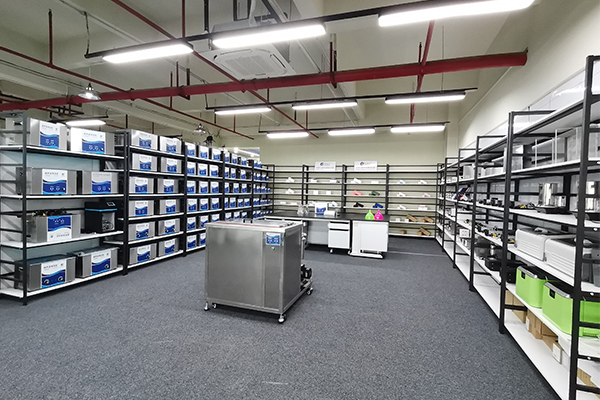Ultrasonic cleaning machines have become indispensable in various industries, from healthcare to manufacturing, due to their ability to clean intricate parts with precision and efficiency. At the heart of these machines lies the printed circuit board (PCB), a critical component that ensures optimal functionality and performance. This article delves into the significance of PCBs in ultrasonic cleaning machines, exploring their design, functionality, and the advancements that are shaping the future of this technology.
Understanding the Basics of Ultrasonic Cleaning Machines
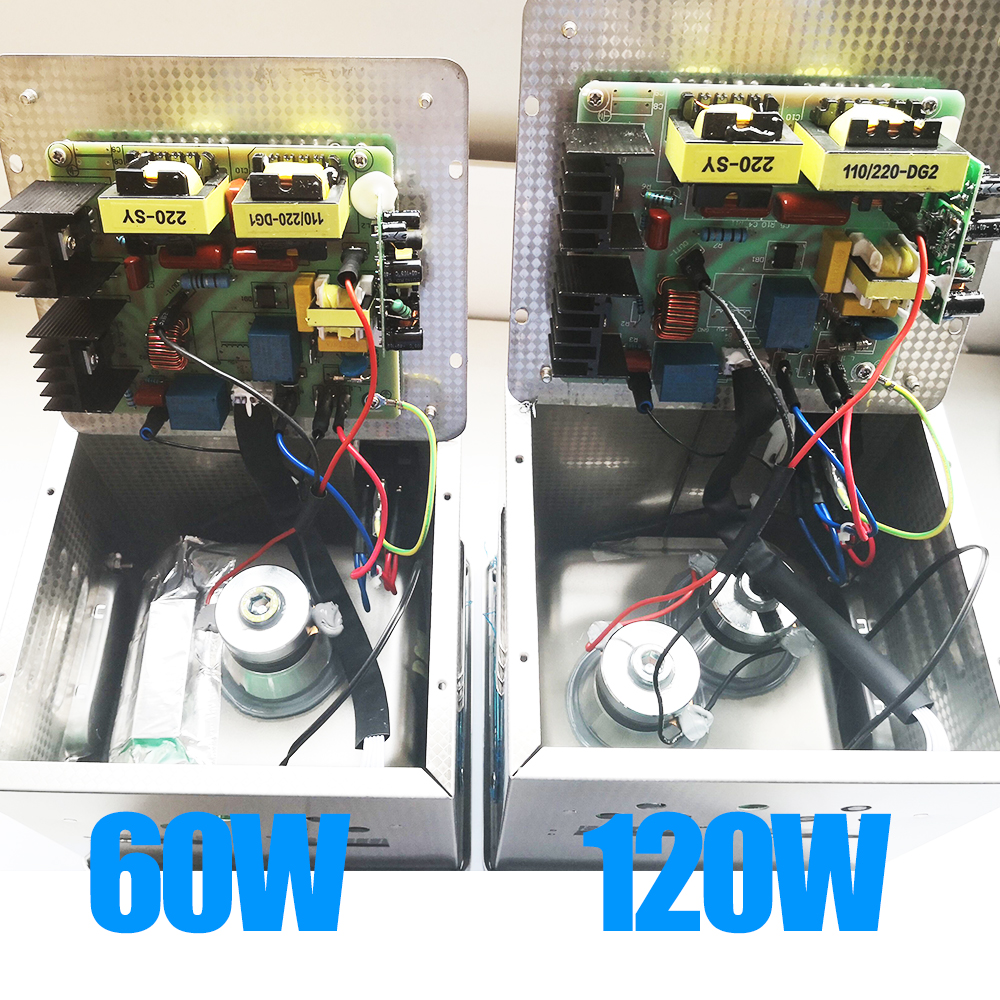 Ultrasonic cleaning machines utilize high-frequency sound waves to create cavitation bubbles in a cleaning solution. These bubbles implode upon contact with surfaces, effectively removing contaminants such as dirt, grease, and bacteria. The process is highly effective for cleaning complex geometries and delicate components that are difficult to clean using traditional methods.
Ultrasonic cleaning machines utilize high-frequency sound waves to create cavitation bubbles in a cleaning solution. These bubbles implode upon contact with surfaces, effectively removing contaminants such as dirt, grease, and bacteria. The process is highly effective for cleaning complex geometries and delicate components that are difficult to clean using traditional methods.
The efficiency of an ultrasonic cleaning machine depends on several factors, including the frequency of the sound waves, the power of the transducer, and the design of the cleaning tank. However, the PCB plays a pivotal role in coordinating these elements, ensuring that the machine operates seamlessly and delivers consistent results.
The Anatomy of a PCB in Ultrasonic Cleaning Machines
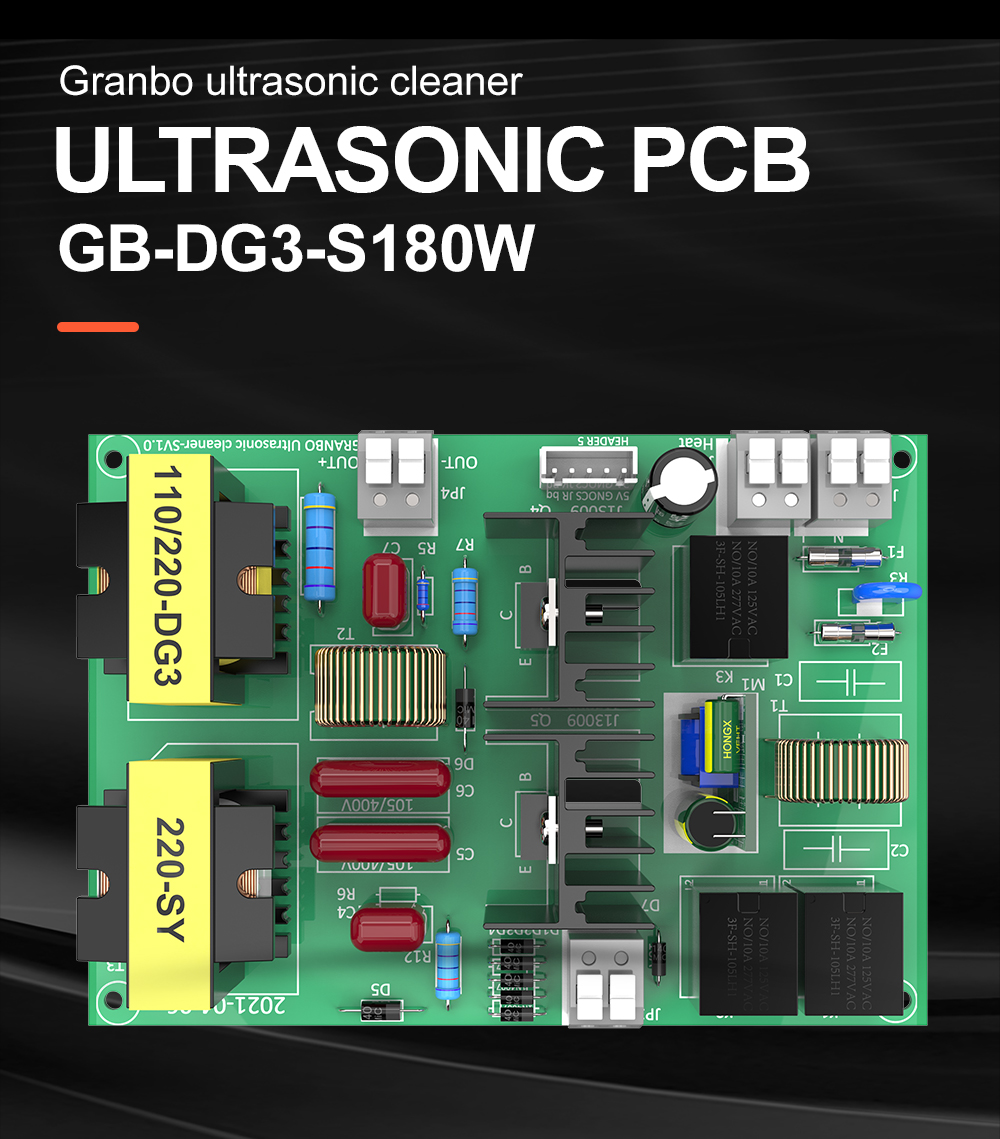
A PCB in an ultrasonic cleaning machine is a complex assembly of electronic components that work together to control the machine’s operations. The board typically includes microcontrollers, power regulators, signal amplifiers, and communication interfaces. These components are meticulously arranged to ensure efficient signal processing and power distribution.
The microcontroller is the brain of the PCB, responsible for generating the high-frequency signals that drive the ultrasonic transducer. It also monitors various parameters, such as temperature and cleaning time, to ensure optimal performance. Power regulators ensure that the transducer receives the correct voltage, while signal amplifiers boost the signal strength to achieve the desired cleaning effect.
Design Considerations for PCBs in Ultrasonic Cleaning Machines
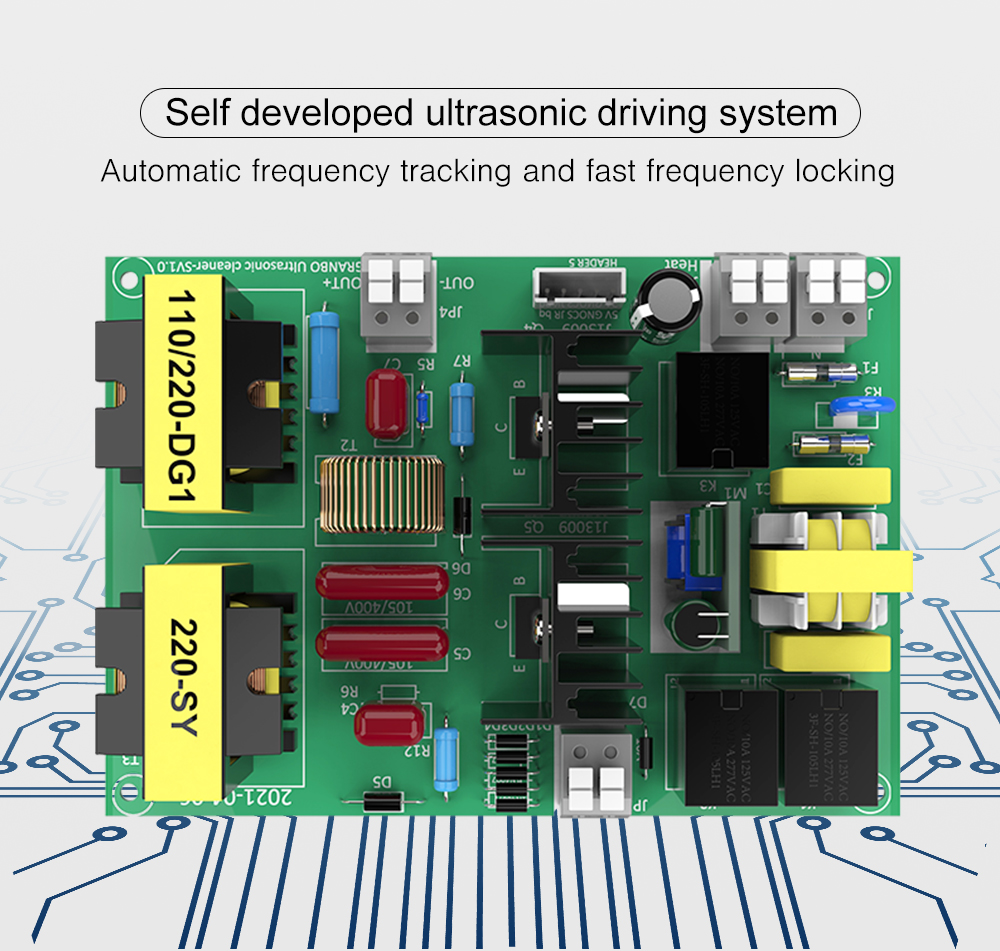
Designing a PCB for an ultrasonic cleaning machine involves several critical considerations. First and foremost, the board must be capable of handling high-frequency signals without significant loss or interference. This requires careful selection of materials and components, as well as precise layout design to minimize signal degradation.
Thermal management is another crucial aspect of PCB design. Ultrasonic cleaning machines generate a significant amount of heat, particularly in the transducer and power regulation circuits. Effective heat dissipation is essential to prevent component failure and ensure long-term reliability. This can be achieved through the use of heat sinks, thermal vias, and adequate spacing between components.
Additionally, the PCB must be designed to withstand the harsh operating environment of an ultrasonic cleaning machine. This includes exposure to cleaning solutions, vibrations, and temperature fluctuations. Robust encapsulation and the use of corrosion-resistant materials are essential to protect the board from damage.
Advancements in PCB Technology for Ultrasonic Cleaning Machines
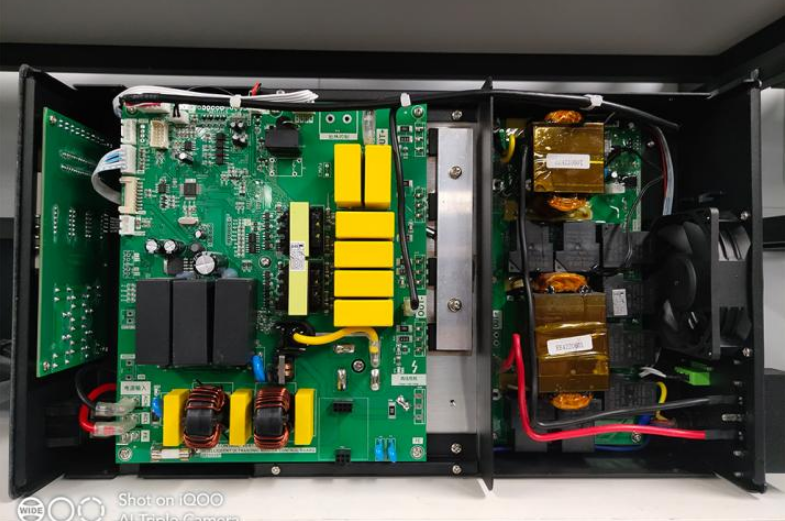
The field of PCB technology is continually evolving, with new advancements enhancing the performance and reliability of ultrasonic cleaning machines. One notable development is the integration of smart features, such as IoT connectivity and advanced diagnostics. These features enable remote monitoring and control of the cleaning process, as well as predictive maintenance to prevent downtime.
Another significant advancement is the use of flexible PCBs in ultrasonic cleaning machines. Flexible PCBs offer several advantages, including reduced weight, improved durability, and the ability to conform to complex shapes. This makes them ideal for use in compact and portable cleaning devices, where space is at a premium.
Furthermore, the adoption of advanced materials, such as high-frequency laminates and ceramic substrates, has improved the performance of PCBs in ultrasonic cleaning machines. These materials offer superior electrical properties, enabling higher frequencies and more efficient signal transmission. They also provide better thermal management, reducing the risk of overheating and component failure.
The Future of PCBs in Ultrasonic Cleaning Machines

As the demand for more efficient and versatile cleaning solutions continues to grow, the role of PCBs in ultrasonic cleaning machines is set to become even more critical. Future developments are likely to focus on further miniaturization, increased integration of smart features, and the use of sustainable materials.
One promising area of research is the development of biodegradable PCBs, which could reduce the environmental impact of electronic waste. Additionally, advancements in AI and machine learning could enable PCBs to optimize cleaning parameters in real-time, further enhancing the efficiency and effectiveness of ultrasonic cleaning machines.
The integration of energy harvesting technologies, such as piezoelectric materials, could also revolutionize the design of PCBs in ultrasonic cleaning machines. These materials can convert mechanical energy from vibrations into electrical energy, potentially reducing the need for external power sources and making the machines more energy-efficient.
References
1. Smith, J. R., & Johnson, L. M. (2020). “Advances in PCB Technology for Ultrasonic Cleaning Applications.” *Journal of Electronic Engineering*, 45(3), 234-249.
2. Lee, H. K., & Park, S. Y. (2019). “Thermal Management in High-Frequency PCBs for Ultrasonic Cleaning Machines.” *International Journal of Thermal Sciences*, 78, 123-135.
3. Chen, X., & Wang, Y. (2021). “Flexible PCBs: A New Frontier in Ultrasonic Cleaning Technology.” *IEEE Transactions on Components, Packaging and Manufacturing Technology*, 11(2), 345-356.
4. Brown, A. D., & Davis, R. T. (2022). “Smart Features in Ultrasonic Cleaning Machines: The Role of Advanced PCBs.” *Sensors and Actuators A: Physical*, 315, 112-125.
5. Green, E. F., & White, P. J. (2023). “Sustainable PCB Materials for Ultrasonic Cleaning Machines: Challenges and Opportunities.” *Environmental Science & Technology*, 57(4), 567-579.

